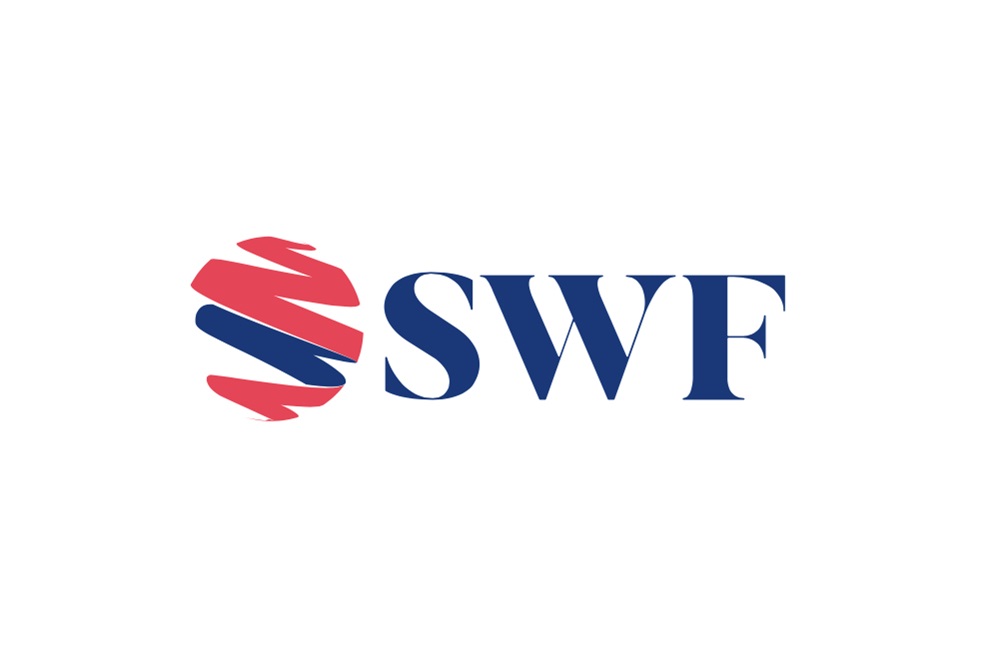Since Saudi Arabia’s Vision 2030 plan was launched back in 2016, the Kingdom’s economy has continued to embrace modernization and diversification, opening to businesses like never before. This has resulted in a significant uptick in consumer demand for digital commerce and associated services, Checkout.com’s General manager in Saudi, Reem al-Harbi told Al Arabiya English.
“Every indicator shows us that consumer demand for digital commerce and associated services has surged in recent years. We have estimated that over 200 million people across the Middle East, North Africa and Pakistan (MENAP) shifted primarily to eCommerce since the start of the pandemic,” said al-Harbi.
For the latest headlines, follow our Google News channel online or via the app.
“Approximately 83 percent of consumers in the region say they'll maintain or increase their eCommerce spend year on year in 2022. Furthermore, 60 percent now prefer to pay via digital payment methods – a 20 percent increase year-on-year in 2021,” she added.
Consumers are now looking for a seamless shopping experience “curated to their personal preferences” and as a result, “communities in Saudi Arabia have really embraced digital commerce with great passion and remarkable speed,” said al-Harbi.
Checkout.com’s transaction volumes in Saudi Arabia saw a 470 percent increase in the last few years, which al-Harbi believes is a “testament to the shift in consumer purchasing behavior.”
Nearly half of all Saudis are planning to spend more on eCommerce throughout 2022, she said, adding that 40 percent of the respondents surveyed for their most recent report cited the opportunity for “cross-border shopping as a key reason why they now shop online.”
Ecommerce comes with many advantages such as low financial cost, the ability to sell internationally, personalizing the buying experience.
In line with this surge in demand, Saudi Arabia’s government has seized upon eCommerce’s potential to foster cross-border business and establish the Kingdom as a digital leader.
Saudi introduced its eCommerce law in 2019 which seemed to significantly enhance customer confidence by offering them protection against fraudulent operators, data breaches and other common malpractices in an online retail environment.
According to the report, the COVID-19 pandemic then led to an eCommerce environment “primed for success and able to seize upon the growth opportunity,” creating 3,400 new jobs in the country of which 60 percent were taken up by Saudi nationals.
“Many traditionally cash-centric countries in the Middle East have been converting to higher rates of digital payments for some time,” said al-Harbi.
“The pandemic has simply accelerated the trend that we have long witnessed in the greater adoption of eCommerce and digital payments. Checkout.com is also supporting new business models, such as marketplaces, fintechs, and digital streaming services to enter new markets. This is all net-new economic activity and a major contributor to growth.”
Sectors in Saudi that benefited the most from the eCommerce boom under Vision 2030
Checkout.com anticipates that under Vision 2030, Saudi Arabia – which is also the G20’s only Arab nation – is set to provide unprecedented avenues for growth for local merchants from across the Kingdom and all over the world. Saudi Vision 2030 aims to bring about greater financial inclusion, economic development and innovation across the Kingdom.
Since Vision 2030 was launched in 2016, there has been a visible impact in enabling global businesses to successfully enter and expand into the region and empowering local merchants and fintech companies to expand globally, said al-Harbi.
When asked about which sectors benefited the most from Saudi Arabia’s eCommerce boom, al-Harbi said: “Every sector of the Saudi economy for business-to-consumer (B2C) goods and services saw increased digital spending in 2021,” with data pointing towards a particular increase in grocery, electronic goods, and clothing purchases.
“What I think is particularly fascinating is that 45 percent of Saudi consumers believe the most important pillar underpinning Vision 2030 is further digitization of the Saudi economy, along with greater access to digital skills and education.
Saudi Arabia’s Vision 2030 is already having a visible impact in terms of enabling global businesses to enter the region successfully, as well as empowering local merchants to export globally and fintechs to become global leaders in innovation.”
Future of eCommerce in the Kingdom
When it comes to digital payments, the Saudi government plans to have a 70 percent cashless society by 2030.
“Though ambitious, this target [to achieve a 70 percent cashless society by 2030] is already being realized through continuous enhancements to the Kingdom’s financial ecosystem,” said al-Harbi.
“At a consumer level, preferred payment methods continue to shift at pace. We expect that consumers are going to continue to deploy more of their retail spending power through digital transactions, and that we’ll see increased digital spending across all sectors,” she explained.
Expected financial services and eCommerce trends in 2022
Ecommerce is expected to continue to grow across the world, especially in the region.
“In this environment, there are enormous growth opportunities for merchants who embrace new methods of digital payments,” she said.
“We have witnessed a huge increase in merchants’ appetite to cover multiple markets using a single payments platform and to have the flexibility to offer multiple local currencies and alternative payment methods at the same time.”
Al-Harbi said that this will be expected to grow in demand throughout 2022 because consumers are becoming more willing to use digital payment methods, adding that 76 percent of consumers in the region (who were surveyed for the report) have reported using some form of fintech app in the past year, with 81 percent feeling they directly benefited from the growing fintech sector.
“For example, last year 55 percent of KSA consumers said they had used ‘buy now pay later’ payment methods such as Tamara, with a further 27 percent saying they had not but intended to do so during 2022,” she said, adding that at the same time, there has been a massive growth in demand for in-app social shopping.
According to the Checkout.com report, 8 percent of KSA consumers in 2020 said their most preferred online shopping method was through a social app. This number rose by 14 percent in 2021, indicating over 6 percent year on year increase.
In addition, 61 percent of Saudi consumers said their preferred online shopping method was within an online marketplace. This number then rose to 71 percent in 2021, indicated a 10 percent year on year increase.
Two years since the pandemic’s onset, there continues to be an evident evolution in consumer attitudes and behavior towards online shopping.
Read more:
Four Saudi women listed in Forbes top 50 most powerful businesswomen
Crypto, digital payments among top 2022 trends for GCC financial services sector
‘Psychological tactics’ being used to con people out of cash as scams rise globally


 World3 years ago
World3 years ago
 World3 years ago
World3 years ago
 Business1 year ago
Business1 year ago
 Entertainment7 years ago
Entertainment7 years ago
 World7 years ago
World7 years ago
 Entertainment7 years ago
Entertainment7 years ago




